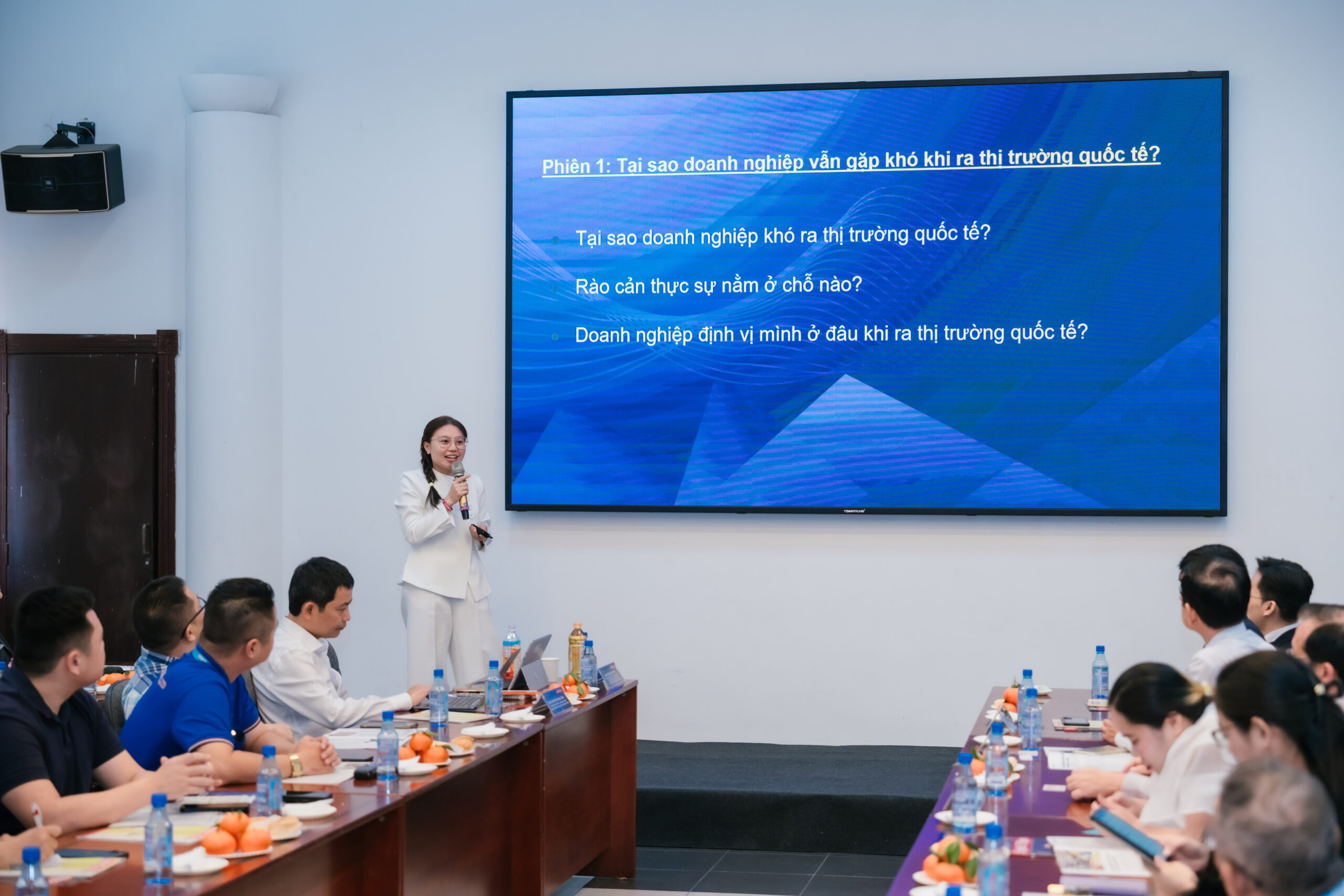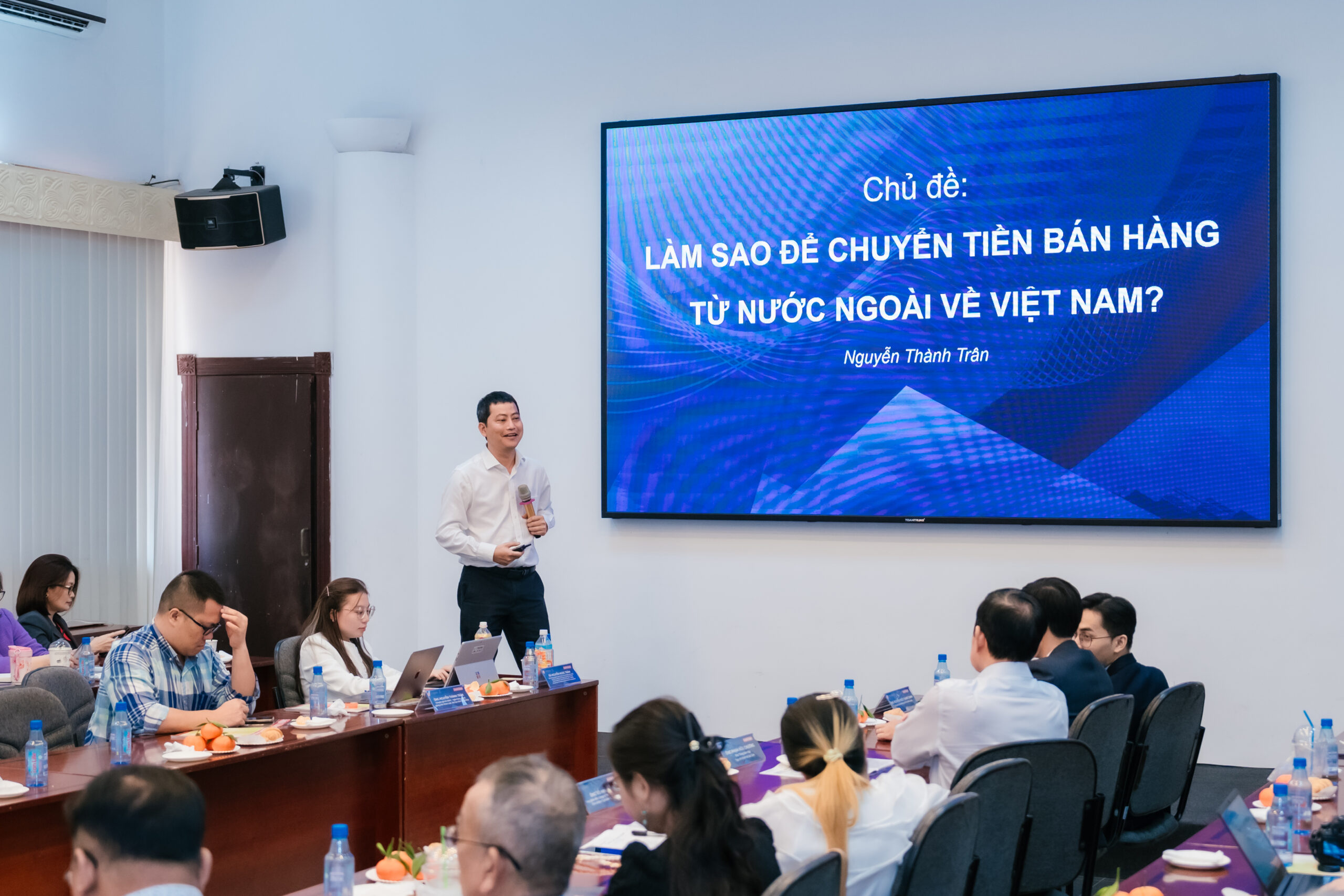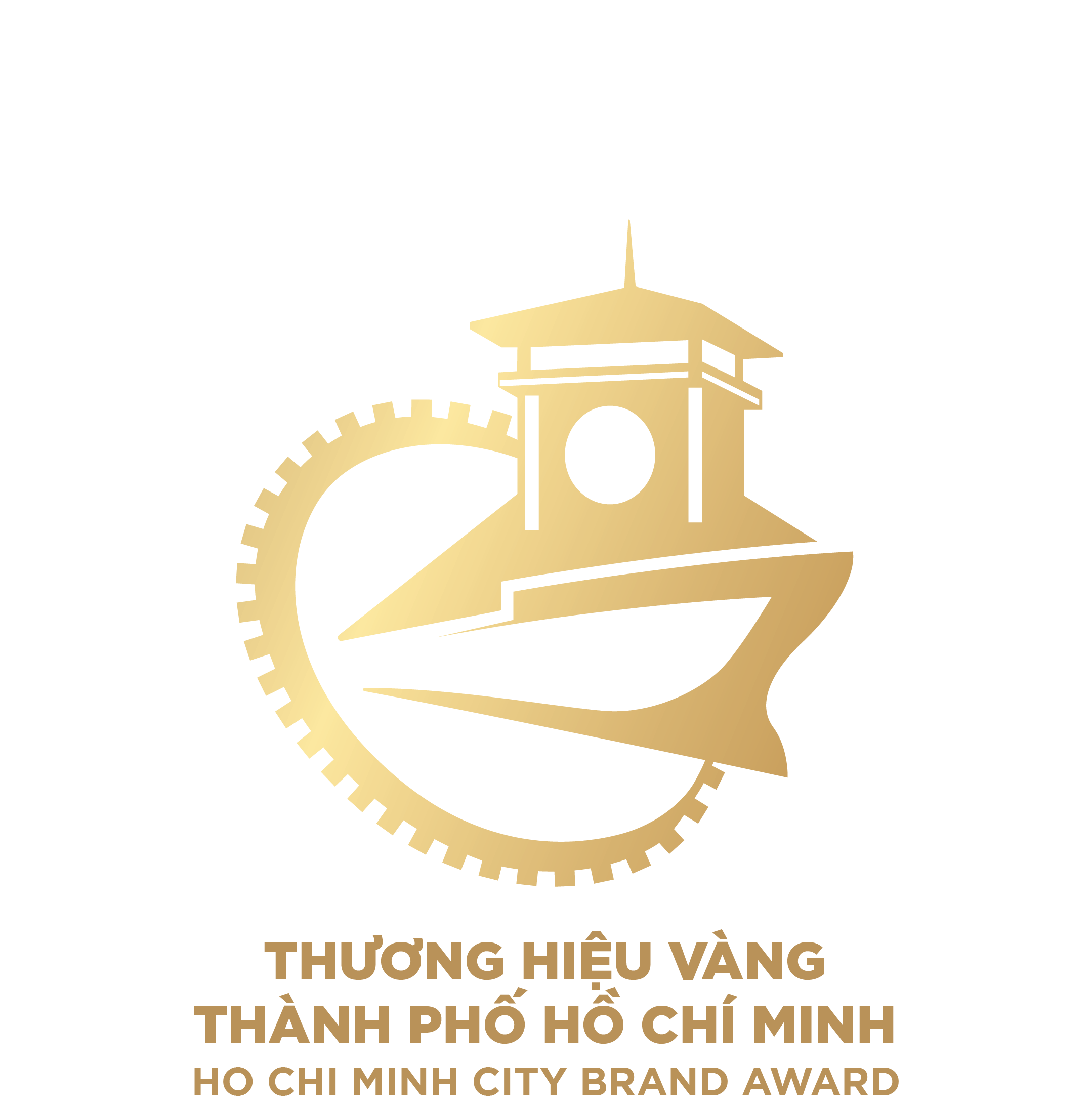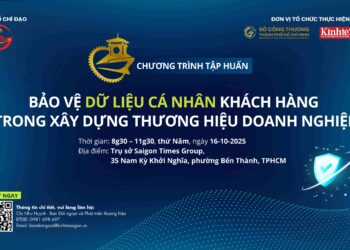Confusing trademarks with brands—or neglecting their distinction—can lead to substantial financial setbacks. To safeguard brand integrity, businesses must develop robust trademark registration strategies, especially in key export markets.

This was a central theme discussed by copyright and branding experts at the training program “Unlocking Revenue Growth through Brand Building,” organized by the Saigon Times Group in collaboration with the HCMC Department of Industry and Trade on December 19.
Early trademark registration
Understanding the distinction between trademarks and brands, and registering trademarks early, is critical to protecting these valuable assets.
Nguyen Ngo Thanh Danh, a copyright commercialization expert, emphasized that trademarks and brands often make businesses confused, leading to costly mistakes. Misunderstanding these terms can result in poor strategic decisions and inefficient use of financial resources.
Nguyen Ngoc Tram, CEO of the U.S.-based IPGEEKLAB and senior advisor to the Intellectual Property Expert Committee at the American Intellectual Property Law Association (AIPLA), explained that trademarks and brands are transferable assets that can be bought or sold. However, to facilitate such transactions, trademarks must be registered to secure exclusive ownership rights in a specific industry. In the U.S., trademark registration not only ensures ownership protection but also enhances a brand’s credibility and value in the eyes of customers and partners.

“Although a brand differs from a trademark, both can be bought and sold and are integral to one another,” Tram emphasized.
Expanding on the distinction, Nguyen Ngo Thanh Danh explained that a trademark is a symbol or sign used to distinguish the products of different businesses, whereas a brand encompasses the totality of elements shaping customer perceptions of a business.
For instance, when customers see Vinamilk’s logo, they immediately associate it with high-quality products at competitive prices. This connection is not just about the logo itself but the slogan and message the company uses to build its brand. A brand, therefore, represents the way customers perceive and mentally associate with products when encountering visual identifiers like logos.
While a trademark serves to prevent confusion and helps customers identify products in a competitive market, a brand focuses on creating trust and fostering lasting customer relationships. A strong brand is reflected in how customers perceive the company’s products. When perceptions are positive, customers are more likely to trust the product and make repeat purchases, which fosters long-term relationships and drives cash flow.
To protect a trademark, businesses must formally register it. Once registered, the trademark is legally protected, but this protection is limited to the specific sign and the products or services covered in the registration. In contrast, brands do not enjoy direct legal protection. Consequently, building a strong brand starts with securing a registered trademark.
In addition to trademarks, trade names are another commonly misunderstood concept. A trade name refers to the name of a business, whether its official name or an abbreviation, and its primary purpose is to distinguish one business from another. A trademark, on the other hand, is linked to a specific product or service and is used to differentiate these in the marketplace.

“If the name is used to represent the business itself, as in the phrase ‘I am ABC company,’ it is a trade name. However, when the same name is applied to a product for consumer recognition, it becomes a trademark,” Danh clarified.
The failure to differentiate and protect these concepts has led to significant challenges for Vietnamese businesses. In recent years, several major Vietnamese brands have lost their trademarks in international markets, making reclaiming ownership a lengthy and costly endeavor. Danh explained that businesses failing to register their trademarks internationally risk other entities registering them first. This can result in legal disputes, with the prior registrant blocking the original company from using its name. When a company cannot use its own name, it is unable to build a distinct brand identity, Danh emphasized, highlighting the severe implications of neglecting trademark protection.
Experts at the training program stressed the importance of adopting proactive strategies to secure trademarks early, particularly in target markets. Before entering a new market or proposing partnerships, businesses should ensure their trademarks are fully protected to avoid future disputes.
Two principles for acquiring trademark rights
Lawyer Nguyen Thai Hai Lam from Nguyen & Tran Law Firm, an expert in intellectual property, labor, and contract law, emphasized two crucial principles businesses must understand when establishing trademark rights: the territorial principle and the “first to file” and “first to use” principles.

The first principle is the territorial principle, which states that trademark protection is confined to the country or region where it has been registered. A business that registers a trademark in Vietnam and receives a protection certificate is only safeguarded within Vietnam. To obtain trademark protection in another country, a new application must be submitted in that jurisdiction. While a trademark may be accepted for protection in Vietnam, it could be rejected in other countries.
The second principle pertains to the “first to file”” and “first to use” principles. According to the “first to file” rule, it grants trademark protection to the applicant who submits their registration first. Even if subsequent applicants meet the protection criteria, their applications will be rejected in favor of the earliest filer. This principle, based on the registration date, is widely applied in countries such as Vietnam, China, and South Korea.
The “first to use” principle grants trademark rights to the party that uses the mark in commerce first. If identical or similar trademarks are submitted for protection, the trademark first used in the marketplace is given precedence, while later applications are denied.
This usage-based principle is applied in countries such as the United States, Australia, and Canada.
Lam explained that to register a trademark internationally, businesses can apply directly in each country. The benefit of this approach is that it allows for compliance with the specific legal requirements of each country, reducing the risk of rejection due to identical or similar trademarks. However, it also has drawbacks, such as potential differences in laws and language, and the need for oversight from a lawyer or intellectual property representative.
Alternatively, businesses can register their trademark through the Madrid System. Although this method is straightforward, time-efficient, and convenient for market expansion, it has some disadvantages. Specifically, it limits the ability to modify the trademark, restricts the addition or transfer of goods and services categories, and imposes limitations on the scope of trademark transfer.
Experts suggest that successfully registering a trademark provides a vital legal foundation for businesses to enforce their exclusive rights over the trademark in the market. For sustainable growth, intellectual property should be a priority. Businesses must take a proactive approach in developing strategies for trademark registration, particularly in key export markets, to protect and strengthen their brand.
Challenges in Repatriating Money to Vietnam
Nguyen Thanh Tran, a financial, banking, and tax expert, and lecturer at the Faculty of Law, University of Economics HCMC, highlights that while selling goods abroad is challenging, bringing revenues back to Vietnam is harder.
Compliance costs in foreign markets can be substantial, requiring businesses to adhere to various regulatory requirements. However, experts in specific fields can provide tailored solutions that align with companies’ financial capabilities while ensuring compliance with international and domestic regulations.

A significant hurdle for Vietnamese businesses selling on international e-commerce platforms is the lack of control over their earnings. Platforms like Shopify can unilaterally change their terms of service at any time, for any reason, without notifying sellers in advance. For instance, when a Vietnamese business sells products on Shopify, the platform collects the revenue. Shopify may require account holder details and, at its discretion, can suspend or reject accounts, potentially holding funds indefinitely.
Additionally, Shopify reserves the right to adjust fees without prior notice. These practices leave sellers at the mercy of the platform, making it evident that revenue generated by sellers is effectively controlled by the e-commerce platform until it is released.






